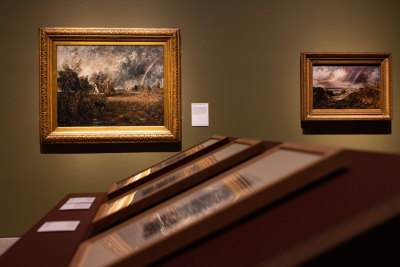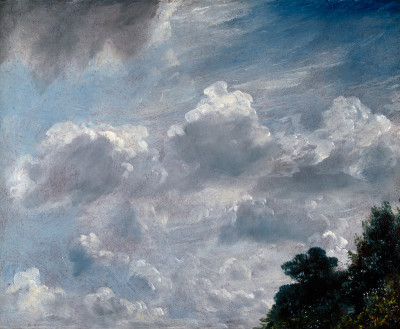How to read it: Henry Raeburn’s Boy and Rabbit
How to read it: Henry Raeburn’s Boy and Rabbit
By RA Collections team
Published 4 January 2018
Take a closer look at Henry Raeburn’s Boy and Rabbit, an intimate family portrait from the RA Collection.
-
-

Who is the boy?
Henry Raeburn used his godson and step-grandson Henry Raeburn Inglis as his model for this painting. The son of Raeburn’s stepdaughter, Inglis was deaf and unable to speak. When the artwork was on loan to Kelvingrove Art Gallery and Museum in Glasgow in 2018, curators worked with deaf guides to help craft an interpretation panel which explained that “looking after an animal can help people feel calm. There are no communication barriers with animals, and so close friendships can be formed.” Despite society’s limited understanding of deafness and disabilities in the early 19th century, Inglis succeeded in following his godfather into art, studying at Trustees Academy in Edinburgh.
Who is the rabbit?
Sadly there is no record of the rabbit’s name, but the composition presents the animal as a beloved pet rather than a wild animal. One of young Henry’s hands is protectively curved around it, while the other holds dandelion leaves to feed it once the rabbit finishes its current mouthful. The domesticity of the scene is a contrast to many more formal genre paintings, in which any animals depicted would have typically been chosen for their symbolic value, rather than their relationship with the sitter.
Who was Henry Raeburn?
Henry Raeburn RA was born in 1756 and went on to enjoy an unchallenged position as the leading Scottish portrait painter of his day. While many Scottish artists moved to London to further their careers, Raeburn remained in Edinburgh throughout his life. Although he regularly sent works to be exhibited in the Royal Academy’s Summer Exhibition, he described his submissions somewhat dismissively in an 1819 letter to his compatriot David Wilkie, calling them merely “an advertisement that I am still in the land of the living, but in other respects it does me no good, for I get no notice from anyone, nor have I the least conception how they look beside others.”
-
-
Why was it painted?
Raeburn was elected a Royal Academician in 1815, fulfilling a long-held ambition. Every newly elected RA is required to give an example of their work, known as a Diploma Work, to the Royal Academy’s Collection. Raeburn spent some time perfecting a self-portrait for the purpose, only to learn after submitting it that self-portraits were not accepted under the contemporary regulations.Boy and Rabbit was Raeburn’s second attempt. The painting suggests that the two Henrys had a close relationship, shown through the boy’s relaxed pose and loose clothing, expertly captured with Raeburn’s skilful brushstrokes. It was successfully accepted by the RA Collection, while Raeburn’s self-portrait was later acquired by the National Galleries of Scotland.




